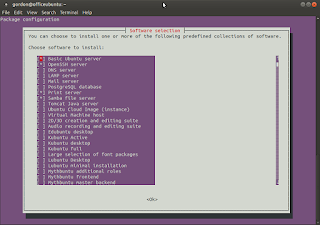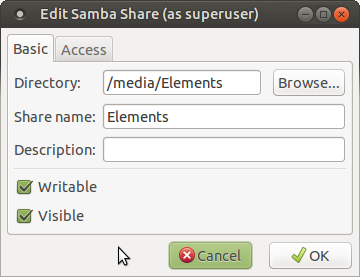Pictured above is the venerable R4500 wireless N router from Netgear. This piece of hardware has a lot good things going for it, most of which I don't understand so I won't elaborate. What I do know is that it's a dual band wireless N router with a pretty power processor. The best part about it, though, and the reason I purchased it (refurbished from Newegg for the absurdly low price of $35) is that dd-wrt is compatible with it.
For those unfamiliar, dd-wrt is an open source, third party firmware for consumer-based routers that adds a ton of software functionality that is typically reserved for expensive commercial routers. The downside is that it hasn't been made to work with all routers, and it takes a certain amount of bravery and technical knowledge to get running. Not that I'm super familiar with the specifics of how it all works, but I sure can Google up a storm. The bravery comes in because it is a fairly common occurrence to "brick" a router when trying to install or upgrade dd-wrt, and attempting to use dd-wrt (or one of the other options such as Tomato router or OpenWRT) typically voids the warranty of the device.
The first thing of note about this particular router is that it isn't the standard consumer model, which is model WNDR4500. The designation R4500 indicates that this particular router was originally sold at Costco, which often markets consumer products that have been specially made to be sold at Costco. The downside to this is twofold: One, the official WNDR4500 firmware updates don't work for this device, and the R4500 hasn't gotten as much love from Netgear; and two, dd-wrt hasn't been tested on the R4500 specifically, and my understanding is that you can't jump straight from the R4500 firmware to dd-wrt.
Fortunately, the hardware is all identical to the standard consumer version, it's just the firmware that is different. Fortunately, there are several resources online that give instructions on how to replace the R4500 firmware with the WNDR4500 firmware, which for all intents and purposes turns the device into a WNDR4500. I won't repeat those instructions here, but the first link to Slickdeals gives a very good description of what to do.
I ran into some trouble, though, right after running the telnet commands. When I rebooted the router from the web interface, it appeared to be bricked. The power LED was just flashing green, and no amount of reset button pressing or holding seemed to be doing anything. I was disappointed, and considered sending it back to Newegg. However, after unplugging it for a few hours, when I plugged it back in suddenly the router was working again. I was then able to flash the WNDR4500 firmware, then the dd-wrt build 26138 recommended on the dd-wrt wiki page. After reading or skimming all of the 80 pages of posts on the WNDR4500 thread at dd-wrt, I have elected to remain with the 26138 dd-wrt build, and I won't be flashing back to the 25015 Kong build, nor upgrading to a new build, unless I run into problems. (Basically, that build is the latest Kong build because Kong now contributes directly to the central dd-wrt SVN database.)
Setting up the network
With the router ready to go, I took some guidance from this video to put my modem/router (a ZyXEL C1000Z from CenturyLink) into Transparent Bridge mode, which basically removes all router functionality, leaving the device to act solely as a modem. I also shut off the wireless on the router, because there's no need for it.Next I put set the Connection Type in dd-wrt to PPPoE. It took a brief 8 minute call to CenturyLink (not too bad considering it was after 8 PM) to get the PPPoE password so that the router could log into the DSL network. It took a little finagling to get the IP address all squared away, and then I set up the two wifi networks for 2.4 GHz and 5 GHz.
Initially, I set the 2.4 GHz for wireless G only, in an effort to avoid a Mixed network (many people online say that mixed networks tend to have more issues and be slower), and I planned to just have all the N devices connect to the 5 GHz wireless N network. But I soon found that only dual band wifi adapters can connect to the higher frequency band, and we have a couple of cheap laptops that only have the single band adapters. I need the wireless G for the time being at least so that we can print to our non-wireless printer, which is connected to an old Linksys WRT54GS (also running dd-wrt). I hope that someday soon we'll be able to upgrade our printer to a wireless printer. Then we could ditch wireless G entirely I believe.
One last issue: I found after rebooting the router one time that the Edimax adapters no longer could see the 5 GHz network. It turns out that they can only see certain 5 GHz channels, and the channel selection was set to Auto in dd-wrt, and the new channel it chose must be an unsupported channel. What the allowable channels are, are I do not know, as I couldn't find any documentation stating this fact, but I suspect they can only see the higher channels from 149-165 or so.
Note: This post is part of a loose series. Go here for a full list of all posts in the series.







